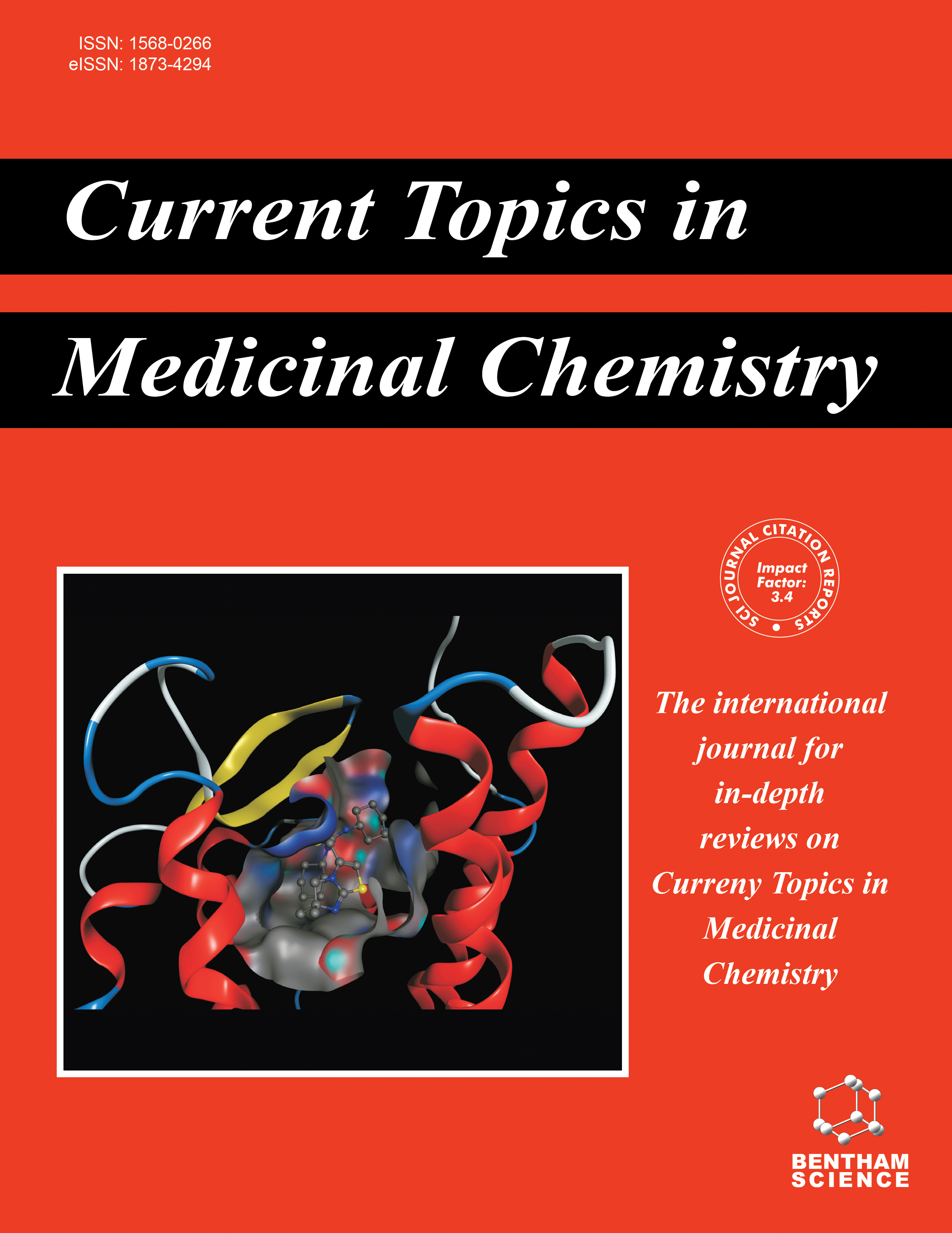
Full text loading...

1,4-Dihydropyridines (1,4-DHPs) serve as versatile scaffolds in medicinal chemistry, exhibiting multitarget potential with anticancer, cardiovascular, antioxidant, anti-inflammatory, antimicrobial, and analgesic effects. Structural modifications enhance their binding affinity, bioavailability, and selectivity.
This review aims to explore the broad therapeutic potential of 1,4-DHPs by analyzing their biological activities and structure-activity relationships (SAR). Additionally, it seeks to provide medicinal chemists with insights into key structural modifications that can optimize their pharmacological efficacy.
A comprehensive literature search was conducted in PubMed, ScienceDirect, Elsevier, and Google Scholar, prioritizing peer-reviewed studies from the last decade. Inclusion criteria focused on pharmacological properties, SAR, and therapeutic potential of 1,4-DHPs, while non-peer-reviewed or irrelevant studies were excluded. Data extraction analyzed SAR trends, emphasizing the impact of structural modifications on binding affinity, bioavailability, and biological activity.
The review highlights that specific modifications in aromatic substituents, ester groups, and heterocyclic rings play a crucial role in enhancing the biological activity and selectivity of 1,4-DHPs. Their ability to modulate key enzymes and receptors contributes to their effectiveness as multitarget agents. Comparative SAR analysis provides evidence of the potential of 1,4-DHPs as next-generation therapeutics.
1,4-DHPs offer a promising framework for drug development, with the potential to address complex, multifactorial diseases. By understanding and optimizing SAR, medicinal chemists can design more selective and potent 1,4-DHP-based drugs. Future research should focus on refining these structural modifications to unlock their full therapeutic potential.

Article metrics loading...

Full text loading...
References


Data & Media loading...